Rome is indeed not only the Italian capital, but also one of the most important centers for culture and art in Europe .If you are spending just a few days in Rome, you will want to visit the most famous museums in the city such as the Borghese Gallery and the Vatican Museums, as well as the Capitoline Museums. Aside from the classics you’ll also find museums that feature the quirky, unique and weird. Discover the best museums in Rome for your next trip to Italy.
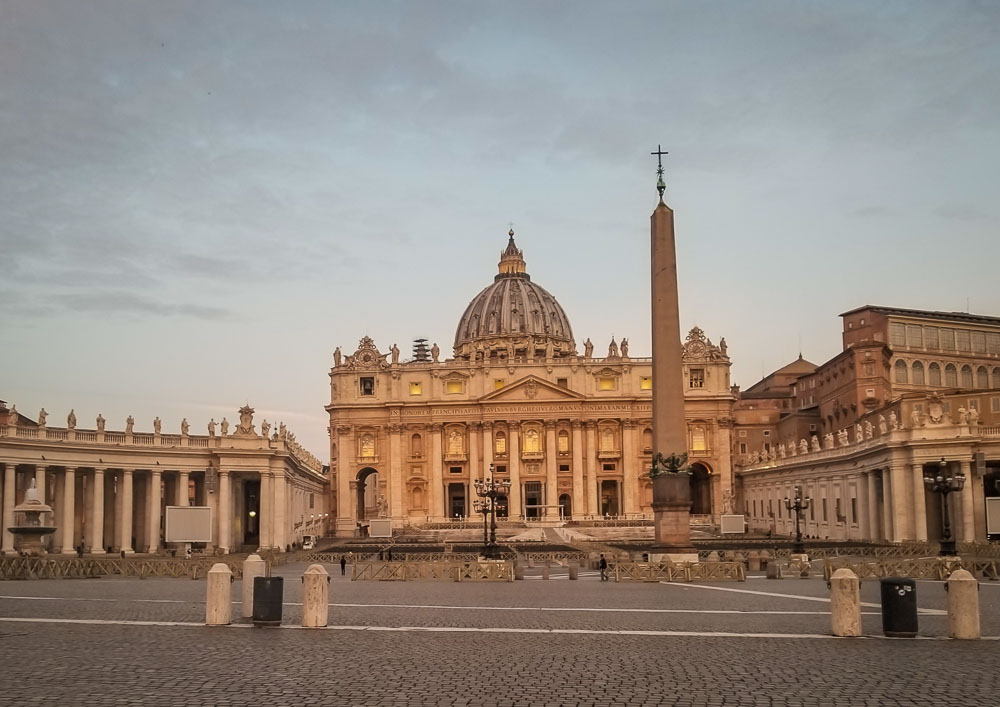
The Casual Travelist utilizes affiliate links and receives a small commission for any purchases made through these links at no additional cost to you
USEFUL TIP: Make sure to visit the museum website for up-to-date information about the opening days and hours as they are often subject to changes.
Vatican Museums
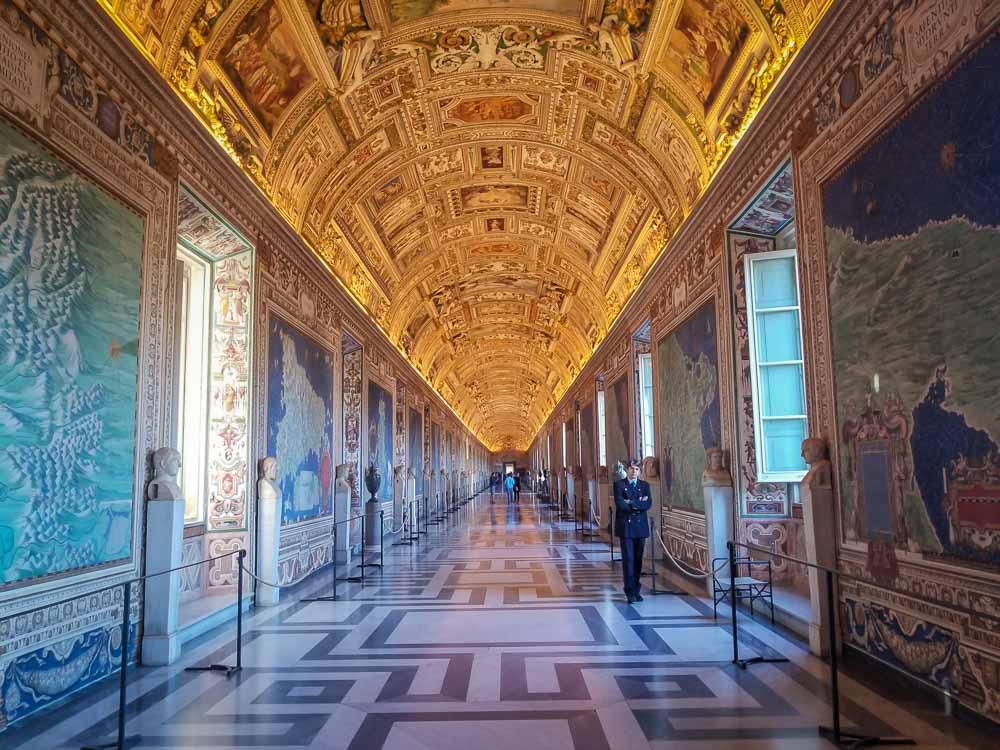
The Vatican Museums are a showstopper. Home to an extensive collection of art owned by the Catholic Church, many of which are on display across its 54 galleries. The collection spans multiple centuries and you’ll find important Renaissance masterpieces, medieval artworks, and impressive ancient Roman sculptures. The pièce de résistance is the Sistine Chapel, with its famous frescoes, including the ceiling and “The Last Judgement” both by Michelangelo. It gets over 6 million annual visitors, so prepare for crowds.
Villa Giulia – The National Etruscan Museum
Among the lesser visited museums in Rome, the National Etruscan Museum – located in the gorgeous Villa Giulia, a short walk from Borghese Gallery – is the place to visit if you have an interest in Etruscan art and history. The collection includes jewelry, the sarcophagus of the spouses, and the Pyrgi Tablets.
The Quirinal Palace
Built by Gregory XIII in 1574 to become his summer residency, it currently is the seat of the President of the Republic of Italy. The palace is pure grandeur, with a beautiful Hall of Mirrors, a Great Ballroom and the show-stopper – the Mascarino Staircase.
Galleria Spada
One of the smallest museums in Rome – there are only four rooms – yet one of the most interesting, Galleria Spada is located in Palazzo Spada, not far from Campo de’ Fiori, and belonged to Cardinal Spada. This small museum is packed with works by Caravaggio, Titian and Rubens – among others. One of the highlights is the internal courtyard, famous for the optical illusion created by Borromini which makes it seem much larger than it really is.
Museum of the Souls of Purgatory
In the vestry of the marvelous Chiesa del Sacro Cuore del Suffragio, you’ll find an eerie addition to Rome’s museums. It began in 1897, when a priest saw the face of a man scorched into the walls of the church following a fire. Believing it was a soul condemned to purgatory trying to contact the living, he set out to find objects of a similar significance. Various exhibits allege to show mortals condemned to purgatory, including imprints of fingers on prayer books and spooky photographs.
Galleria Borghese
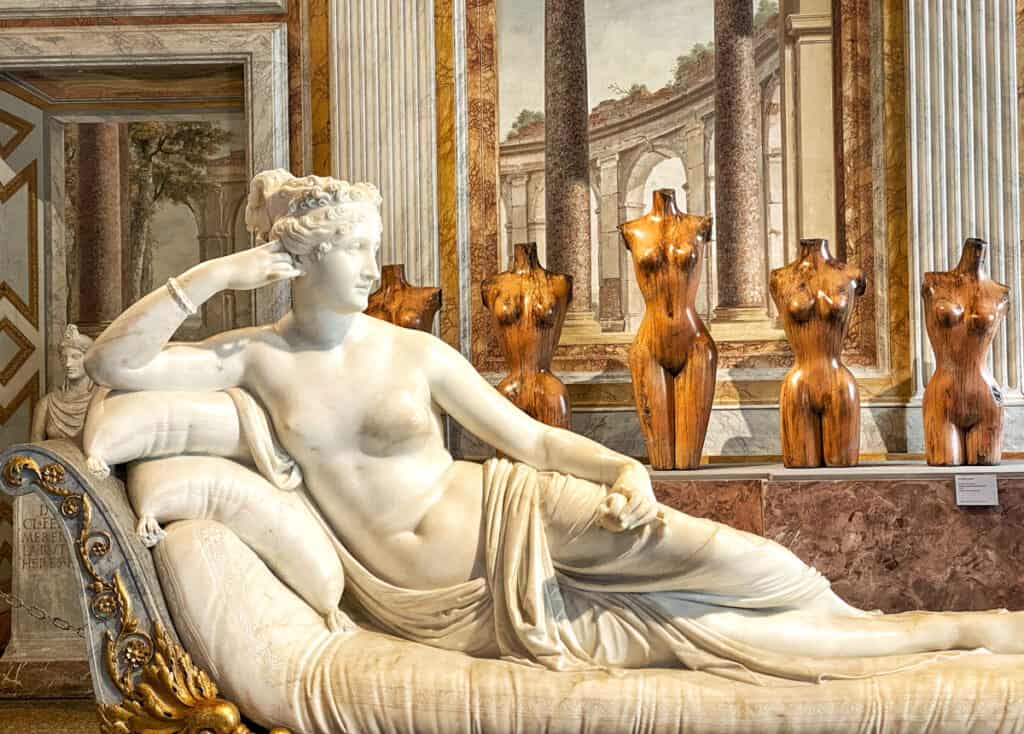
Located inside the former Villa Borghese Pinciana, the world-famous and prestigious Borghese Gallery is the place to go in Rome for fine art through the ages. The elegant building (and its gardens) is a must-see in itself but the collection is impressive to say the least. It includes works such as Titian’s “Sacred and Profane Love,” as well as masterpieces by Raphael, Peter Paul Rubens, and Federico Barocci.
Palazzo Massimo alle Terme
The Neo-Renaissance palace of Massimo alle Terme is a sight to behold. Built by Jesuit priest Massimiliano Massimo in the 1880s, today it makes up one quarter of the Museo Nazionale Romano spread throughout the city. Here you’ll find a broad spectrum of archaeological and classical art. In the basement, visitors can gaze on jewels and engraved ornaments, while on the first floor you’ll find famous Greek and Roman sculptures, as well as sarcophagi and frescoes.
Museo d’Arte Contemporanea Roma (MACRO)
Unlike many museums in Rome, this one deals exclusively with contemporary and modern art. The Museo d’Arte Contemporanea Roma (or MACRO) was established in 1999 and is spread across two buildings: a former brewery and a former slaughterhouse.The permanent collection here comprises significant works by Italian modern artists, including Carla Accardi and Mimmo Rotella; there are also a regular series of exhibitions on subjects as diverse as chamber music and graphic design.
Palazzo Barberini
This striking palace was commissioned by Pope Urban VIII in 1623 but it was purchased by the state in 1949, after which it became home to the National Gallery of Ancient Art. Wealthy Italian families donated various pieces throughout the decades, which means the museum now holds over 1,400 works of art from various masters, including El Greco and Raphael.
Museo delle Auto della Polizia
This small museum in Rome is especially interesting if you like cars. The Museo delle Auto della Polizia is entirely dedicated to exhibiting police vehicles (around 50) that were used by the Italian state during the past century.From armored vehicles to motorcycles, FIAT to Alfa Romeo, it traces the history and evolution of these vehicles from the 1930s to the present day.
Keats-Shelley House
Located on the corner of the Piazza di Spagna, this unassuming house is home to a museum – Keats Shelley Memorial House – dedicated to the famous literary figures themselves. The poet John Keats moved to Rome in 1820 and occupied a two room apartment in this very building. He thought the climate would cure his tuberculosis – it didn’t, and sadly he died within a year. In 1906 the house was purchased, after which it was transformed into a museum. There are many original manuscripts, first editions, paintings, and artworks representing the life of Keats, but also Percy Shelly, William Wordsworth and other great writers.
Video Game Museum of Rome (VIGAMUS)
While Rome is better known for its ancient history, you may want to check out this monument to a more modern type of art form: video games. Here at the Video Game Museum of Rome (better known as Vigamus), visitors can learn about the history and cultural impact of video games through interactive displays. There are more than 440 pieces of video game history to learn about, from a large collection of arcade games to cutting-edge VR equipment.
Villa Farnesina
Situated in Trastevere, Villa Farnesina is a beautiful Renaissance mansion that was built in the 16th-century. It’s not just beautiful on the outside but boasts opulent interiors with stunning frescoes by artists such as Raphael and Sebastiano del Piombo. Though compact, the interior of the villa is a work of art in itself, reflecting the extravagance of Rome hundreds of years ago. Get ready to be wowed.
Take a look at where to eat in Trastevere
Galleria Corsini
On the other side from Villa Farnesina in Trastevere, Galleria Corsini is located in a gorgeous late-Baroque building that used to belong to the Corsini family. The collection includes works of Caravaggio – the most notable one is John the Baptist – and other Italian and Flemish artists of the 16th and 17th century. Make sure not to skip the Biblioteca Corsini, a gorgeous library decorated with frescoes.
Crypta Balbi
Another one of the four locations that make up the Museo Nazionale Romano, the Crypta Balbi is possibly one of the most fascinating museums in Rome. Situated underground, you’ll find an ancient complex of buildings built by Roman politician Balbus in 13 BC. It’s composed of apartments, a theatre and a courtyard but it lay buried for thousands of years, until it was excavated in the 1980s. Excavation remains ongoing.
Capitoline Museums
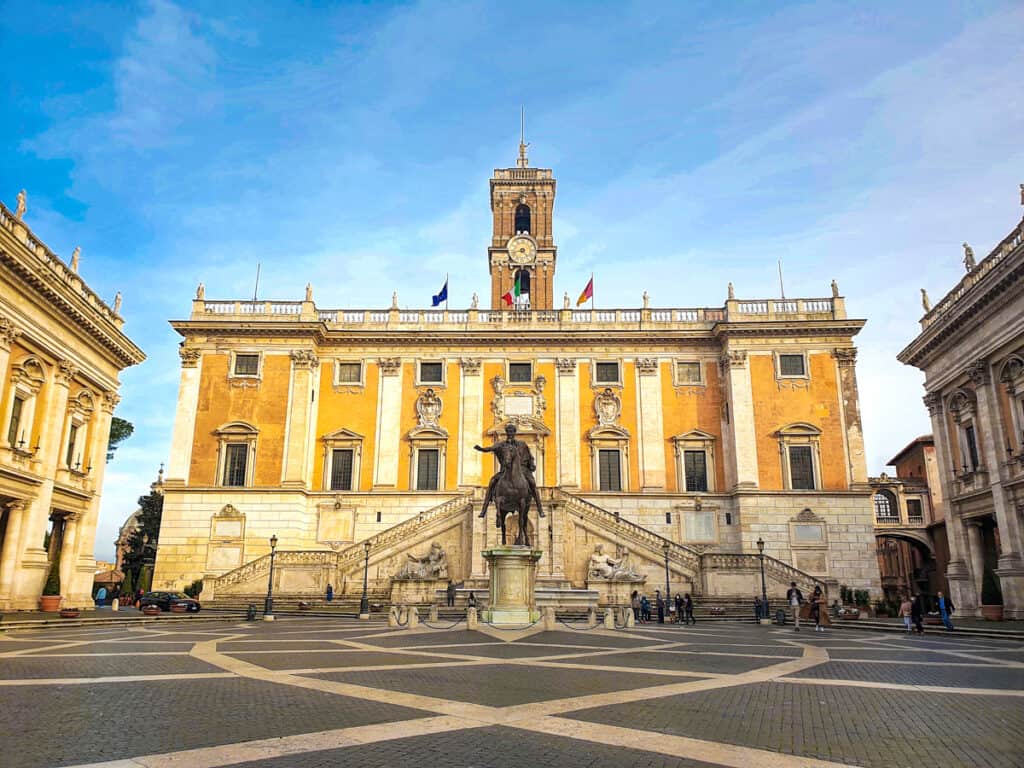
Situated atop the Capitoline Hill are the famous Capitoline Museums and comprising the Palazzo dei Conservatori and Palazzo Nuovo in the Piazza Campidoglio, the historic museum complex was first established when Pope Sixtus IV donated his valuable collection of bronze sculptures to the citizens of Rome in 1471. This makes the Capitoline Museums one of the oldest in the world. The Palazzo dei Conservatori houses the original ancient sculpture of the Capitoline wolf, as well as the world’s first sculpture of a living person (13th century).
Ara Pacis Museum – The Museum of the Altar of Peace
The Ara Pacis – or Altar of Peace – was commissioned by the Roman Senate in 13 BC to commemorate a period of peace under Augustus’ rule, thanks to his victory over the barbarians and the Pax Romana. The altar was moved to the current location in 1938, and the museum building – designed by American architect Richard Meier – was opened in 2006.
MAXXI
Though other modern museums in Rome may be dedicated to 20th-century art, MAXXI is all about 21st-century art. Officially the first museum built solely for contemporary art in Italy, the building itself has been described as a masterpiece. This prize-winning monolithic concrete and glass structure was designed by renowned architect Zaha Hadid. Permanent collections are presented across various galleries, with two museums (one for art, one for architecture). Works include those by Anish Kapoor, Ed Ruscha, Gilbert & George and Vanessa Beercroft.
Palazzo Altemps
Situated in Piazza di Sant’Apollinare, the Palazzo Altemps is a 15th-century palace that – while once home to Roman nobility – is now a fitting setting for Greek and Roman sculptures of antiquity. Another segment of the Museo Nazionale Romano, the rooms here are also adorned with beautiful frescoes and decorative architectural features, including a majestic staircase and attractive patio area. It’s not just ancient Rome and Greece that are represented here. You’ll also find a collection of Egyptian art and artefacts on display. This place is a must-visit museum in Rome, not only for the exhibitions but for the historic beauty of the palace itself.
Museo Nazionale delle Paste Alimentari
Known in English as the National Museum of Pasta, this is where food-lovers can go to get to grips with all things pasta. Established in 1993, here you can learn about the surprisingly long history of this Italian staple, which actually has roots in China, and is much-loved around the world. From grain to sauce, from pasta-making machinery to photographs dedicated to pasta-eating, a whole world of pasta awaits.
Baths of Diocletian
These famous ancient public baths, named after emperor Diocletian, were built between 298 and 306 AD. Spanning 120,000 square meters, in full operation, the bath complex had enough room for over 3,000 people; it also boasted a library, a gymnasium, and various temperature public baths. Sadly, you can no longer bathe here but a small section of the building is open for the public to explore. Even though the Baths of Diocletian are in ruins, it’s still possible to get a real feel of this part of Roman history. It’s part of the Museo Nazionale Romano.
Museo Nazionale di Castel Sant’Angelo
Not many realize this, but Castel Sant’Angelo, known as Hadrian Mausoleum, is actually a museum – and with a very interesting exhibit. The castle dates back to 139, but it already became a military fortress in the 5th century; whereas the Bridge of Angels was decorated later on with statues representing the Passion of the Christ, and which were made by Bernini and his students. The exhibit is quite sparse: you’ll see anything from sculptures to weapons, from paintings to frescoes. Make sure not to miss the Terrace of the Angel, from where you can enjoy a marvelous view of St. Peter’s Basilica.
Galleria Doria Pamphilj
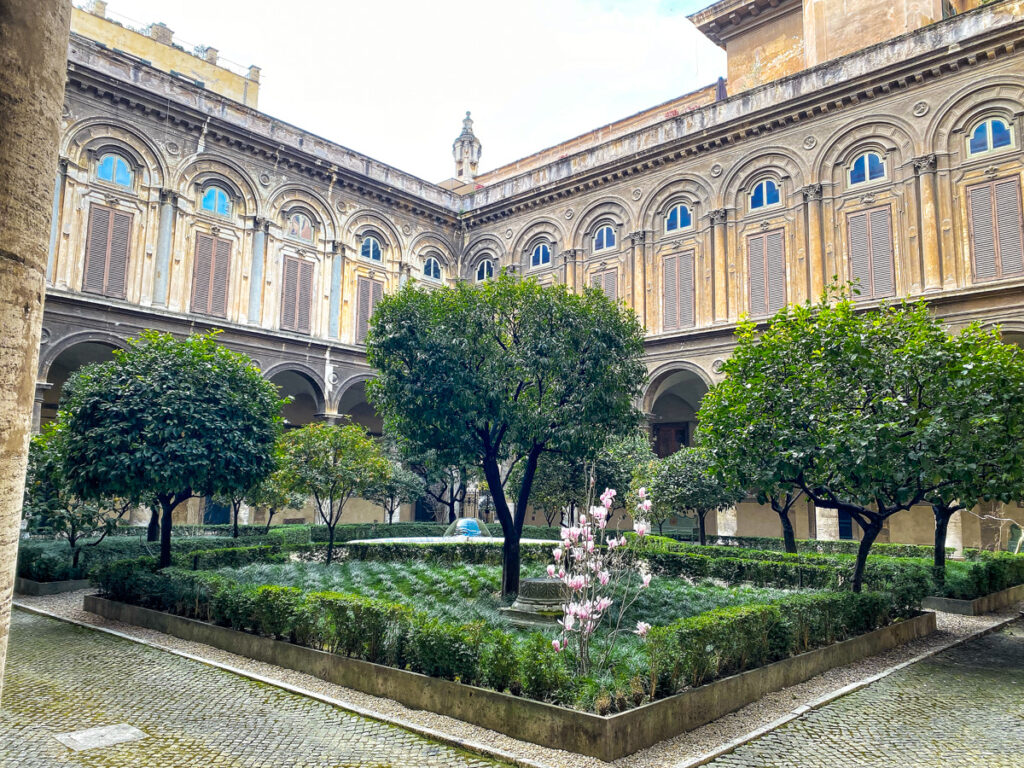
Housing a relatively small art collection, the Palazzo Doria Pamphilj is a powerhouse of culture. Featuring an array of history and art, the collection began in 1644 under the orders of Pope Innocent X (a member of the Pamphilj family). Today over 400 paintings from the 15th to the 18th century – from Carvaggio to Velazquez – are on show.
National Gallery of Modern Art
Founded in 1883, the National Gallery of Modern Art is another somewhat unique museum in Rome in that it is dedicated to contemporary and modern art – not classical and Renaissance. Boasting over 4,400 works of painting and sculpture, it’s actually the largest collection of modern Italian art anywhere in the world.As well as works by Italian artists, you can also expect to find pieces by the likes of Paul Cezanne, Vincent Van Gogh, and Claude Monet. The top floor is devoted entirely to art of the 20th century.
Centrale Montemartini
You may think archaeological museums in Rome were all set in grand historic palazzi, but Centrale Montemartini really bucks the trend. Instead, this ancient sculpture museum has found a home inside Rome’s first electrical power plant. Here, visitors can see ancient Greek and Roman era statues and friezes on a contrasting backdrop of industrial machinery and wide open spaces, making for an unusual way to see the city’s archaeological wonders. It’s definitely one of the most unique museums in Rome, preserving not only ancient history but also Rome’s modern heritage.
Claudia Tavani
Author
Claudia Tavani is a former human rights lawyer who abandoned her academic career to pursue a life of travel. A lover of nature, hikes, swimming and cats – big and small – she takes pride in her honesty and straightforwardness. Her site, My Adventures Across The World, is an excellent resource for independent travelers.
If you like this article be sure to check out some of my other posts!
The Best Travel Tips for Florence, Italy
Tips for Your Best Tuscany Wine Tour
What it’s Like to Visit the International Alba White Truffle Fair in Italy
Pin this post for later!

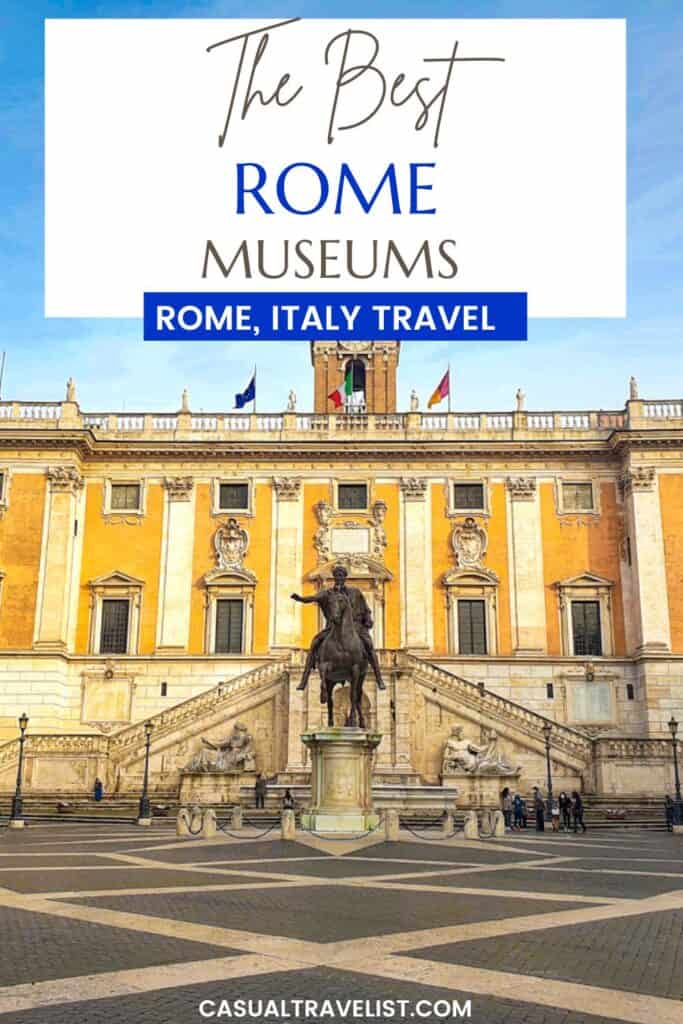


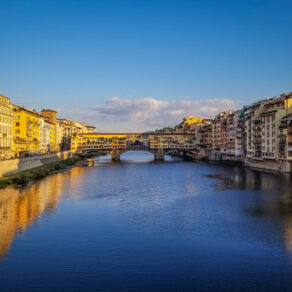
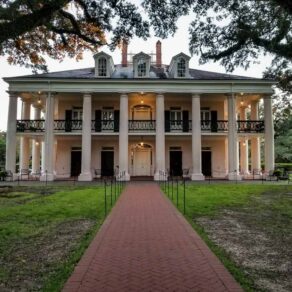
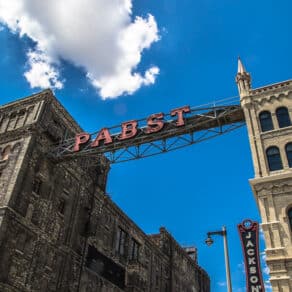
Leave a Comment